
Along the S-shaped strip of land of Vietnam from the northernmost point in Lung Cu, Ha Giang province, to the southernmost point in Rach Tau cape, Ca Mau province, there are not only mountains, forests and seas, but also flagpoles famous for their sacredness, marking territorial sovereignty, sovereignty over seas and islands and the historical values they contain and expressing national pride when the national flags flutter strongly in the wind.
Anyone who has the opportunity to visit flagpoles at famous landmarks in Vietnam cannot miss checking in to confirm that they have set foot here.
Lung Cu Flagpole
Lung Cu Flagpole is a place that attracts tourists to check-in when coming to Ha Giang. The sacred structure at the northernmost point of the country has a very long history, having undergone many restorations and embellishments. The current flagpole is over 30m high, octagonal in shape, decorated with Dong Son bronze drums, and on top is the national flag with an area of 54m2.
Lung Cu flagpole is located at an altitude of nearly 1,500 m above sea level, about 3.3 km from the northernmost point of Vietnam as the crow flies, and 24 km from Dong Van town.
The flagpole was built according to the model of Hanoi Flagpole, with a total height of 34.85m, a flag 54m2 wide, symbolizing 54 ethnic groups living together in harmony and solidarity on the territory of Vietnam.
The body of the column is designed in an octagonal shape, with 8 bronze drums and 8 green stone reliefs illustrating the stages of each historical period of the country as well as the people and customs of the ethnic groups in Ha Giang.
To reach the top of the flagpole, visitors must climb 839 steps. The first stage consists of 425 stone steps, from the foot of the mountain to the waiting room; the second stage consists of 279 stone steps, from the waiting room to the foot of the flagpole; the third stage consists of 135 steel steps inside the flagpole. On top is a stainless steel pole about 8m high, with a national flag 9m long and 6m wide.
At the foot of the flagpole is a memorial house, displaying labor tools, costumes, and cultural products of the ethnic groups of Ha Giang.
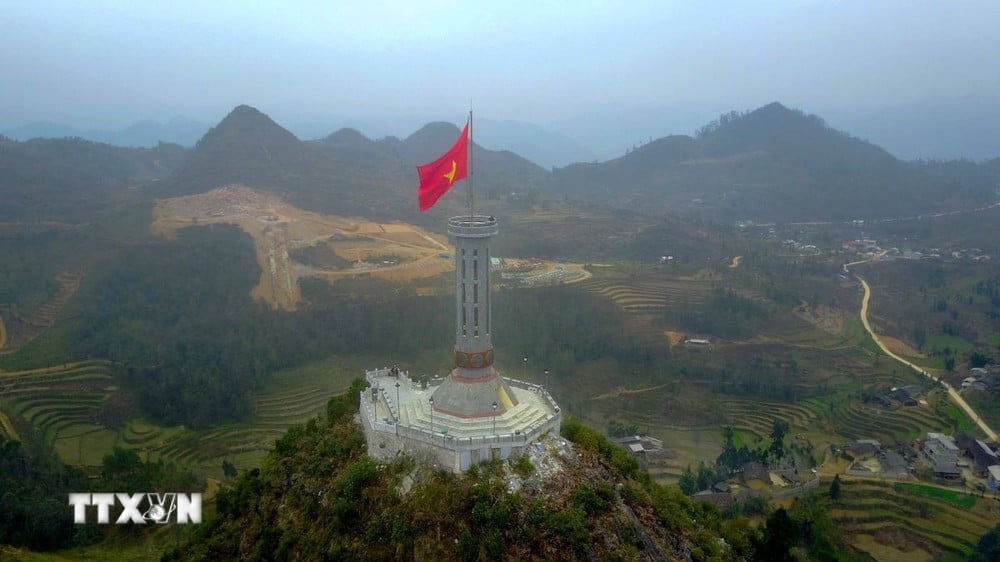
Hanoi Flag Tower
The "Hanoi Flagpole" flagpole is located on Dien Bien Phu Street, Ba Dinh District, Hanoi, built in 1812, under the reign of King Gia Long of the Nguyen Dynasty on the southern part of the Thang Long Imperial Citadel, where the Tam Mon citadel of the Thang Long Imperial Citadel was built during the Le Dynasty.
This is the reference point, marking the beginning at the southern end of the main axis of the citadel, from here following the "fishing road" through Doan Mon and then to the most important point, the central point of the Imperial Citadel, Kinh Thien Palace. Hanoi Flag Tower is now the most intact and magnificent structure in the Thang Long Imperial Citadel relic complex.
The flagpole is built with three bases and a column body. The bases are truncated square pyramids, gradually smaller, overlapping each other, surrounded by brick cladding. The first floor is 42.5m long on each side, 3.1m high, with two brick ladders leading up.
The second floor, each side is 27m long and 3.7m high, has 4 doors, the East door has two words "Nghenh Huc" (welcoming the morning light) on it, the West door has two words "Hoi Quang" (reflected light), the South door has two words "Huong Minh" (facing the light), the North door has no inscription.
The third floor, each side is 12.8m long; 5.1m high, has a door to the stairs facing north. On this floor is the body of the flagpole, 18.2m high; octagonal cylinder, tapering upwards, each side of the bottom is about 2m. Inside the body is a staircase of 54 spiral steps leading to the top. The whole is lit (and ventilated) by 39 fan-shaped holes. The top of the flagpole is made into an octagonal tower, 3.3m high with 8 windows corresponding to the eight sides. In the middle of the tower is a round cylinder, 40cm in diameter, reaching to the top of the tower, which is where the flagpole is placed (the flagpole is 8m high). The entire flagpole is 33.4m high, including the flagpole, it is 41.4m high.
Hanoi Flag Tower is one of the most intact and magnificent structures in the central area of Thang Long-Hanoi Imperial Citadel, recognized by UNESCO as a world cultural heritage in 2010.
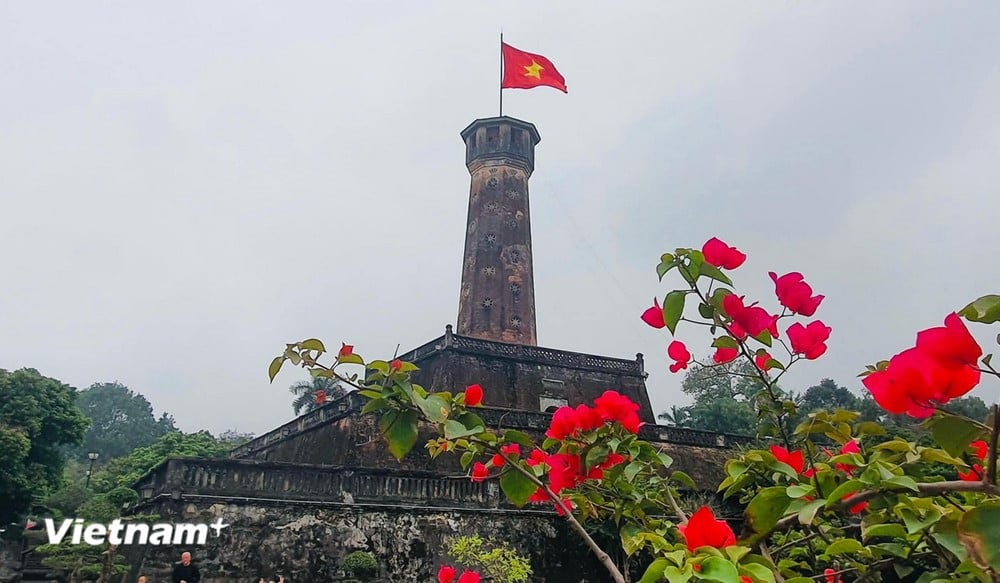
Nam Dinh Flagpole
Nam Dinh Flagpole is located on To Hieu Street, Nam Dinh City, is a national monument in Nam Dinh City, the project was completed in 1843 under the Nguyen Dynasty, located in the center of Nam Dinh ancient citadel.
Nam Dinh Flagpole, also known as Ky Dai, is one of four flagpoles built in the early Nguyen Dynasty. Destroyed by bombs, Nam Dinh Flagpole was restored to its original state in 1997.
The flagpole is built of old, dark red bricks, with a total height of 23.84m, consisting of 3 main parts: the base, the pedestal and the watchtower. Inside the flagpole there is a staircase of 54 spiral steps leading up to the watchtower.
Standing on the top of the flagpole, you can see the whole view of Nam Dinh city center. Over the past two centuries, Nam Dinh flagpole has witnessed many historical events and changes in the country and homeland. This is an ancient architectural work, with historical and cultural value and is also a symbol that arouses love for the homeland and country.
In 1962, Nam Dinh flagpole was recognized as a national historical-cultural relic by the Ministry of Culture and Information.
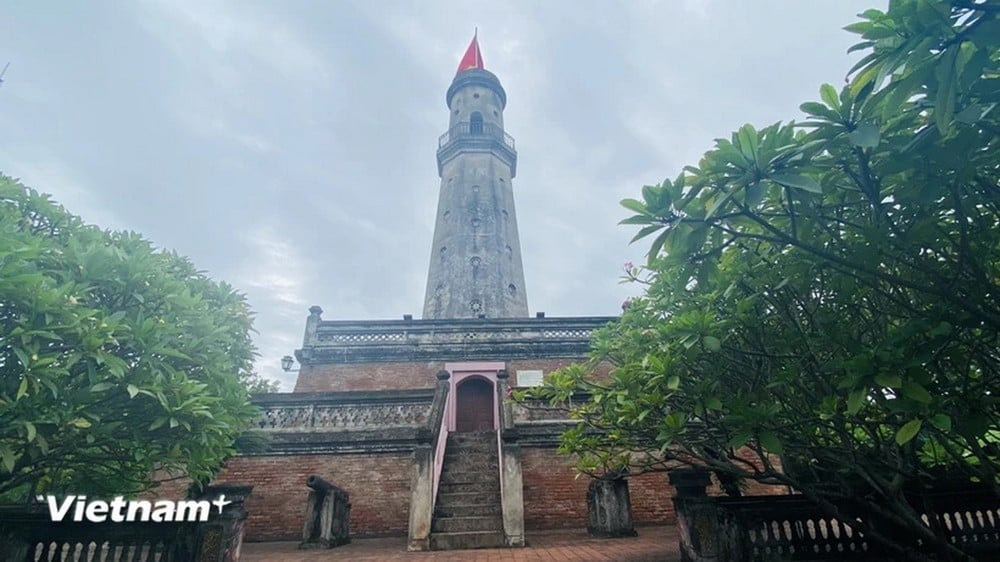
Hien Luong Flagpole
Hien Luong Flagpole is part of the Hien Luong-Ben Hai historical relic in Quang Tri province. In addition to the flagpole, there is also Hien Luong bridge, Lien Hop house, ferry terminals, the "Aspiration for Unification" monument cluster...
This relic cluster is located at the intersection of Ben Hai River and National Highway 1A (km 735), in which the North belongs to Hien Luong village (Vinh Linh district), the South belongs to Xuan Hoa village (Gio Linh district).
During the resistance war against America (1954-1975), the 17th parallel was the place that marked the division of the country.
According to statistics, from May 19, 1956 to October 8, 1967, Vietnam hung 267 flags of all sizes, of which in 1967 alone, the flagpole was changed 11 times and the flag was changed 42 times because it was damaged by bombs and artillery of the US and puppet regime.
In 2005, on the occasion of the 30th anniversary of the country's reunification, the People's Committee of Quang Tri province organized the reconstruction of the original Hien Luong flagpole (built in 1963) with a red flag with a yellow star covering an area of 75 square meters and a height of 38 meters, of which the pedestal is 11.5 meters high in Hien Luong village, Vinh Thanh commune (North bank of Ben Hai river).
With special values, Hien Luong-Ben Hai banks are ranked as special national monuments.
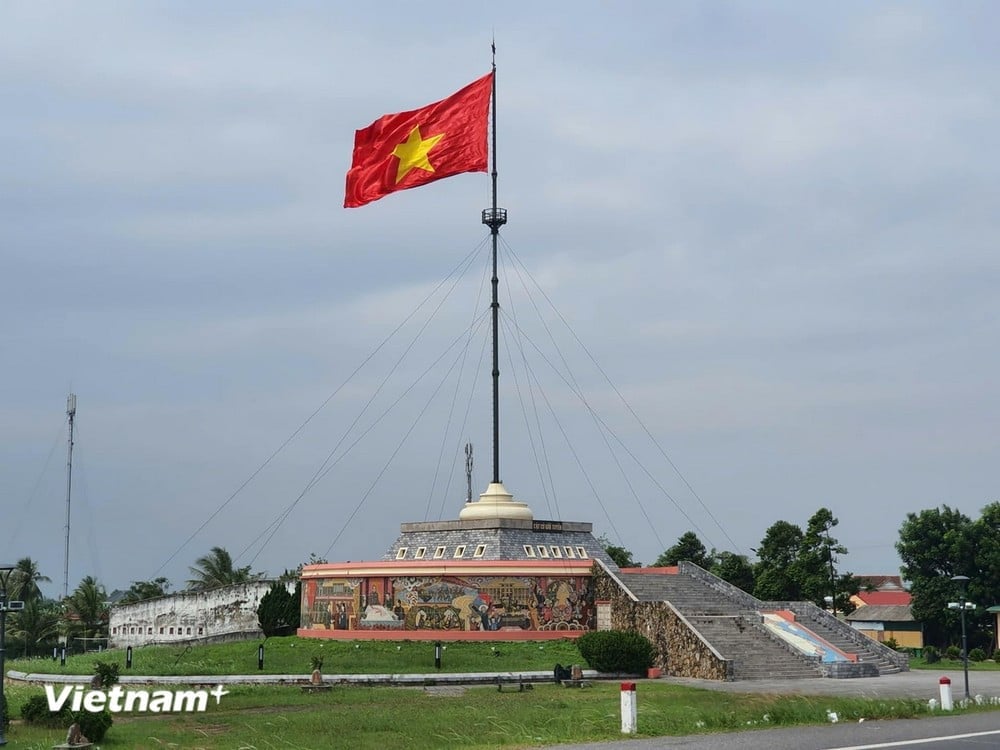
Hue Flag Tower
The flagpole is an architectural relic of the Nguyen Dynasty. It was built in the 6th year of Gia Long (1807) in the central position on the south side of the Citadel, within the scope of Nam Chanh fortress.
The flagpole consists of two parts: the flag stand and the flagpole. The flag stand is a massive platform consisting of three rectangular truncated pyramidal floors stacked on top of each other. The first floor is over 5.5m high, the middle floor is nearly 6m high, and the top floor is over 6m high. The total height of the three floors is about 17.5m. Each floor has a railing, and the floors of the floors are paved with Bat Trang bricks. The path from the lower floor to the top floor is on the North side. On the top floor, there used to be two guard posts and an artillery workshop to arrange cannons.
The original flagpole was made of wood, had 2 floors, and was nearly 30m high. In the 6th year of Thieu Tri (1846), the flagpole was replaced by a wooden pole that was over 32m long. In the 16th year of Thanh Thai (1904), this flagpole was blown down by a big storm, so it had to be replaced with a cast iron pipe.
In 1947, when the French recaptured Hue, the flagpole was broken by artillery fire again. In 1948, the current reinforced concrete flagpole with a total height of 37m was built.
During the Nguyen Dynasty, flags were used in all ceremonies, celebrations, tours, and even emergency reports. On top of the flagpole, there was an observation post called Vong Dau. Occasionally, guards had to climb up Vong Dau and use a telescope to observe the coast.
Along with the ups and downs of Hue, the flag tower has witnessed many important historical events. On August 23, 1945, for the first time, the flag of the Democratic Republic of Vietnam fluttered on top of the flag tower, signaling the end of the monarchy. The flag tower is not only the central location of Hue city but also a symbol of the ancient capital.
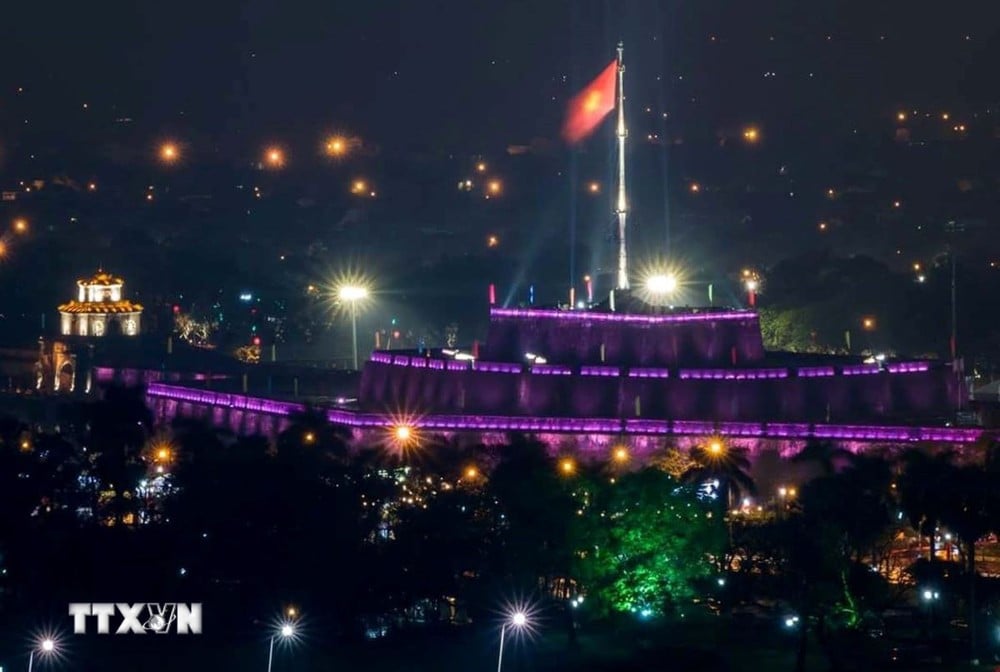
Thu Ngu Flagpole
Thu Ngu Flagpole is located on Ton Duc Thang Street, Nguyen Thai Binh Ward, District 1, Ho Chi Minh City. The flagpole was built by the French in October 1865 with the initial name of Mât des signaux, meaning signal pole for ships entering and exiting the waterway in the Saigon-Gia Dinh area.
Standing by the flow of history, the flagpole is a witness to the historical events of Saigon-Ho Chi Minh City. One of the most prominent events took place on June 5, 1911, when the young man Nguyen Tat Thanh left to find a way to save the country at Ben Nha Rong. In May 2016, the Thu Ngu flagpole was ranked as a historical relic by the Ho Chi Minh City People's Committee.
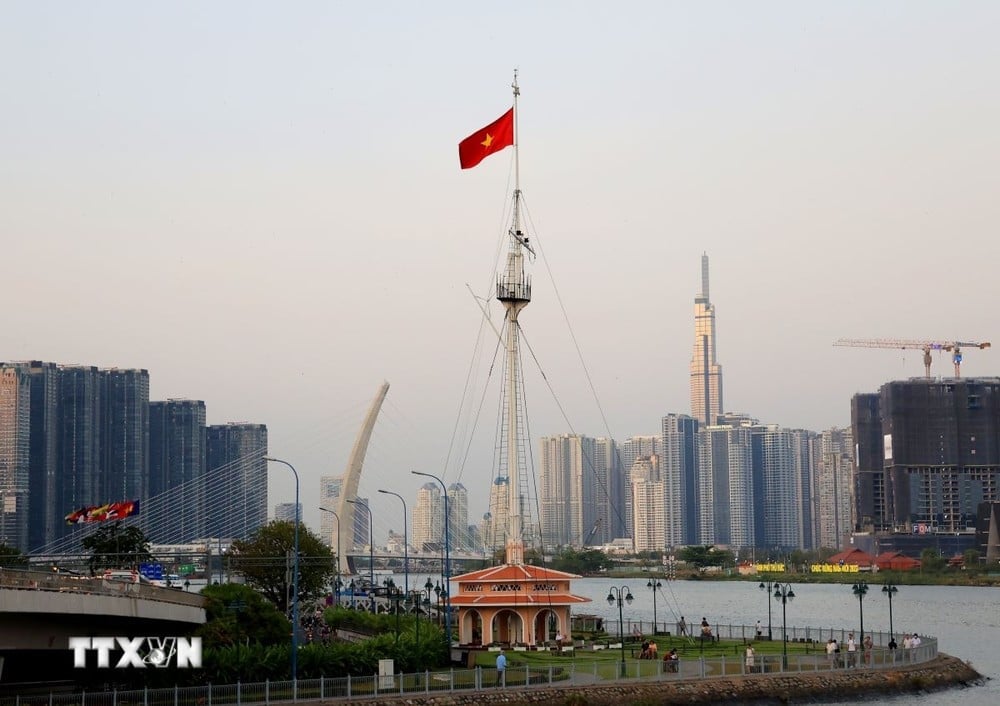
Hanoi Flagpole at Ca Mau Cape
The Hanoi Flagpole at Ca Mau Cape started construction on January 16, 2016 and was inaugurated on December 10, 2019. The project is located in the Ca Mau Cape tourist area with a total area of over 16,000m2, 45m high (from the base of the flagpole to the top of the tower) with a structure of 3 floors.
The ground floor has the theme "The process of formation and natural succession," with an exhibition area of about 400 square meters, displaying 83 photos, 2 models of the Forest Village and the mangrove ecosystem of Ca Mau Cape and typical animal specimens existing in the Cape area.
The first floor has an exhibition area of about 320 square meters, displaying more than 55 photos with the theme "Ca Mau Cape on the path of development."
The second floor has an exhibition area of about 152 square meters, with Hanoi City Museum displaying images with the theme "Ca Mau - The heart of the whole country."
The Hanoi Flagpole in Ca Mau Cape was built to simulate the ancient Hanoi Flagpole architecture associated with the historical tradition of Thang Long - Hanoi with a thousand years of civilization. This is a gift from the Party Committee, government and people of Hanoi to the people of Ca Mau province, expressing the deep attachment of Hanoi to Ca Mau Cape, with the spirit of "Hanoi for the whole country, the whole country for Hanoi".
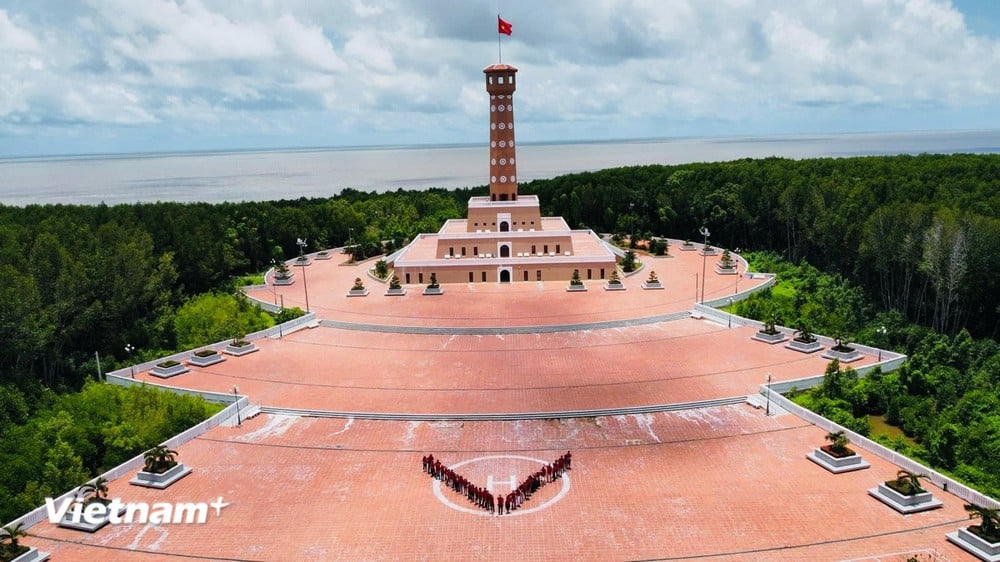
Source: https://baohaiduong.vn/kham-pha-7-cot-co-noi-tieng-cua-viet-nam-393747.html










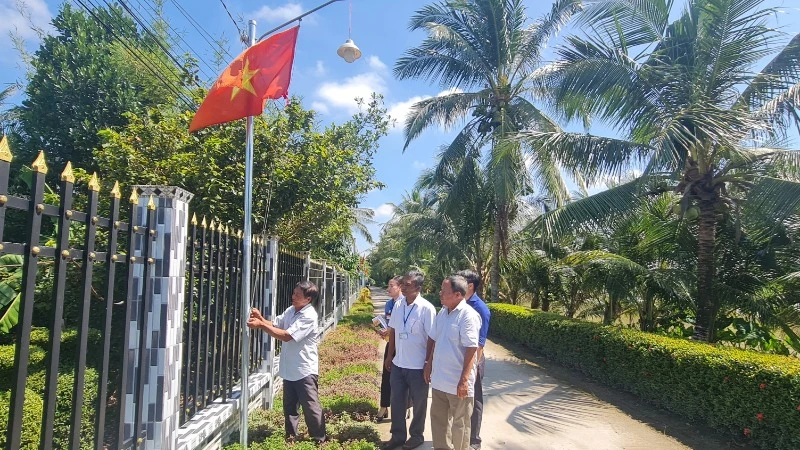
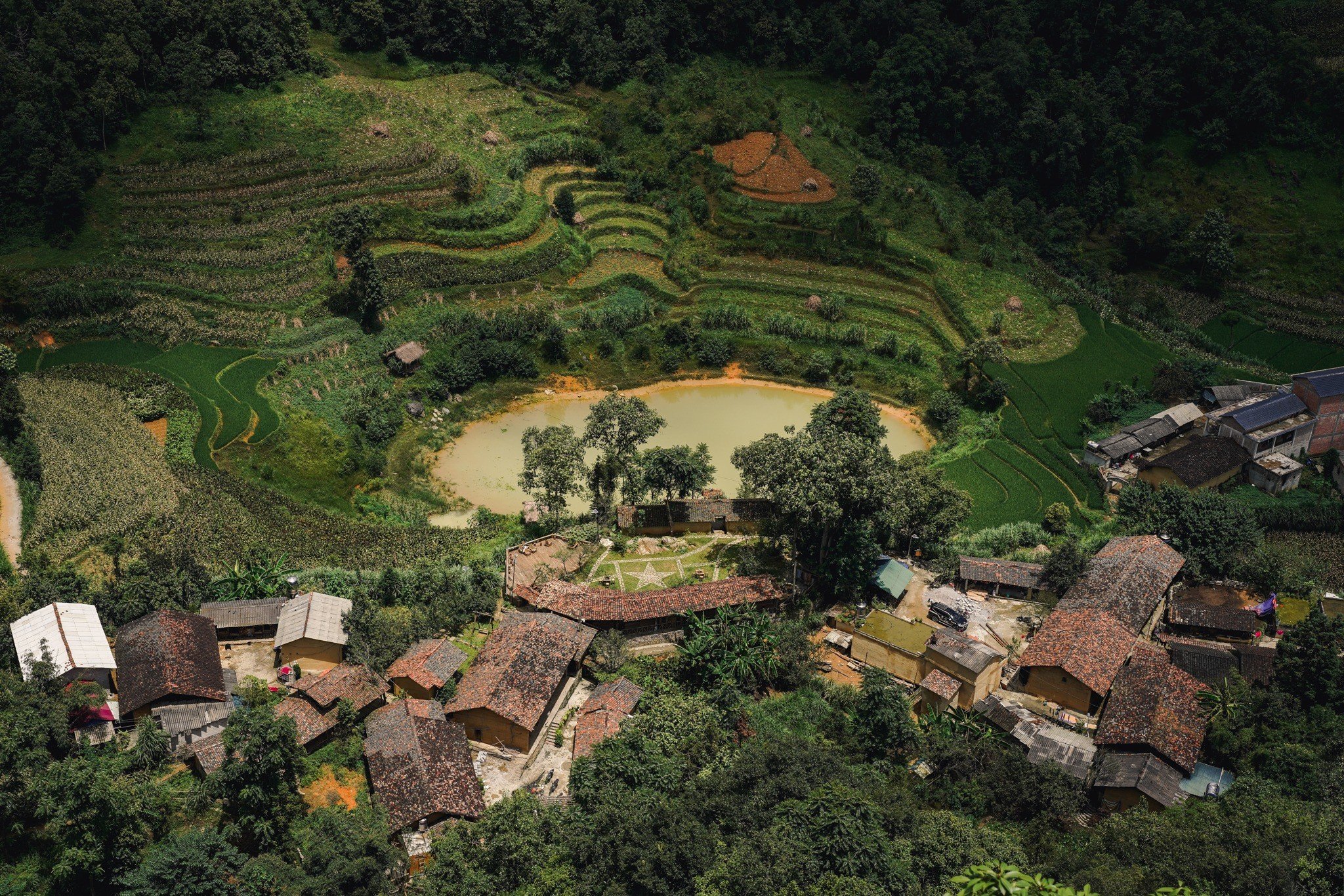
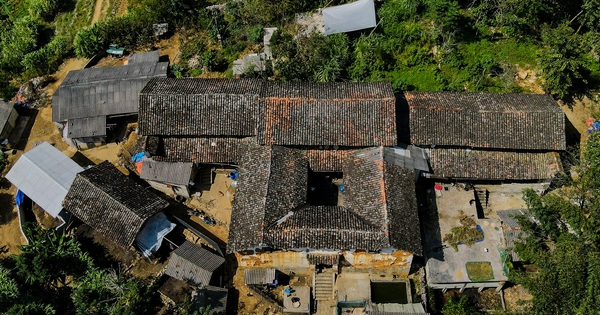







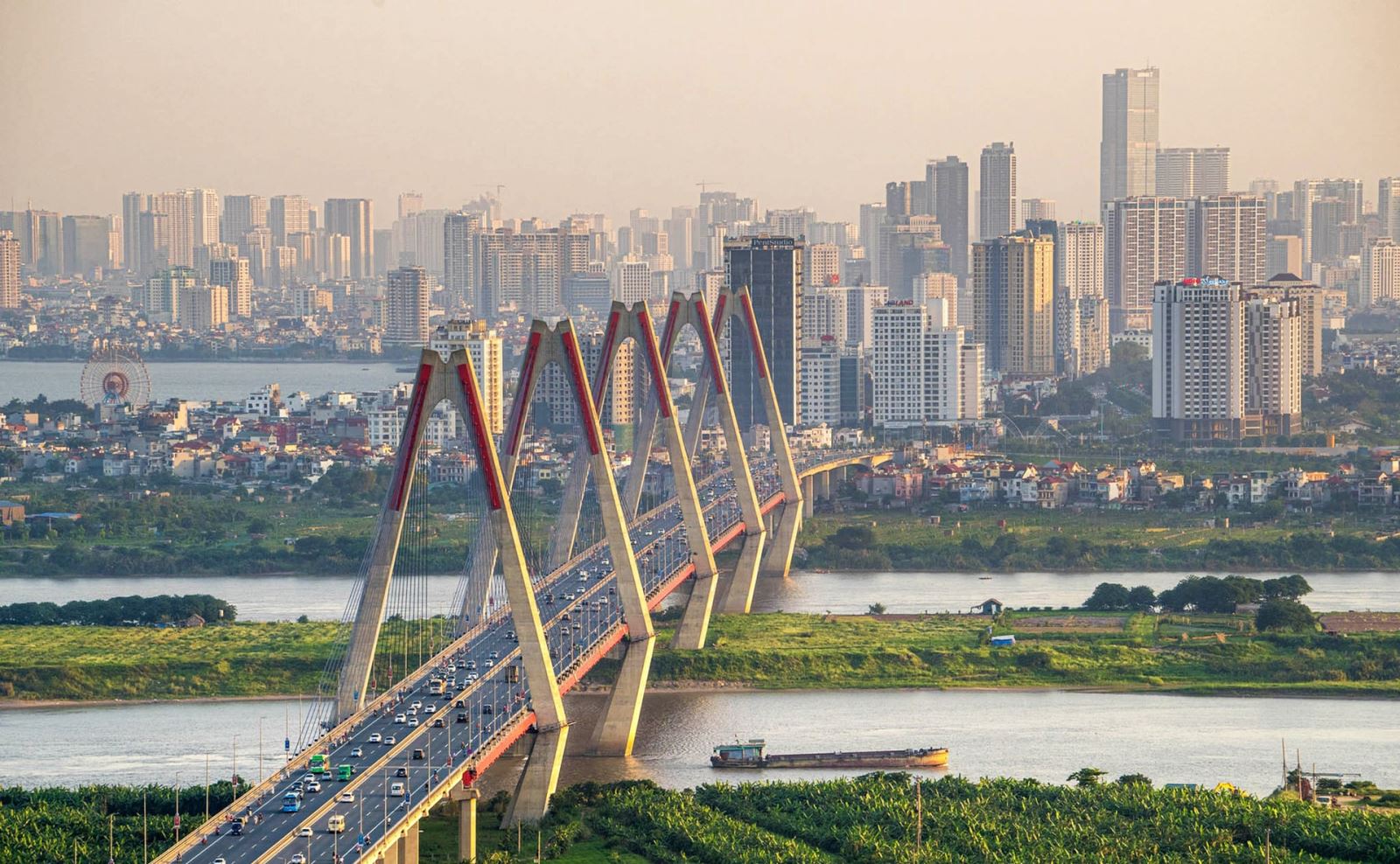














Comment (0)